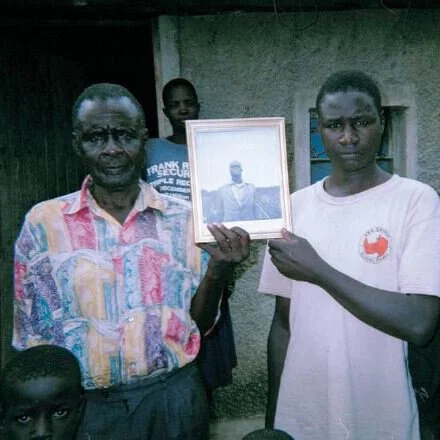Barthes: “This longing to inhabit, if I observe it clearly in myself, is neither oneiric (I do not dream of some extravagant site) nor empirical (I do not intend to buy a house according to the views of a real-estate agency); it is fantasmatic, deriving from a kind of second sight which seems to bear me forward to a utopian time, or to carry me back to somewhere in myself …” (p. 40).
Read MoreEdwards: “[This is] an ethnographic acknowledgement of people’s desires for image—the reclamation of histories and ancestors. It is a refigured politics of presence” (p. 247).
Read MoreRoth: “Film chemistry, photo lab procedures, video screen colour balancing practices, and digital cameras in general were originally developed with a global assumption of ‘Whiteness’ embedded within their architectures and expected ensembles of practices” (p. 117).
Read MoreCole: “All selfies are alike as all daguerreotype portraits were alike: an image can be more conventionally an example of its genre than a memorable depiction of its subject” (p. 179).
Read MoreMorris: “The picture of Mickey is powerful because it’s vague. Its vagueness allows us to imagine all kinds of diverse scenarios, depending on our political sensibilities …. photographs are both specific and vague” (p. 193).
Read MoreKrauss: “A catalogue is not so much an idea as it is a mathesis, a system of organization. It submits not so much to intellectual as to institutional analysis” (p. 317).
Read MoreBaudrillard: “The era of simulation is inaugurated by a liquidation of all referentials” (p. 2).
Read More





